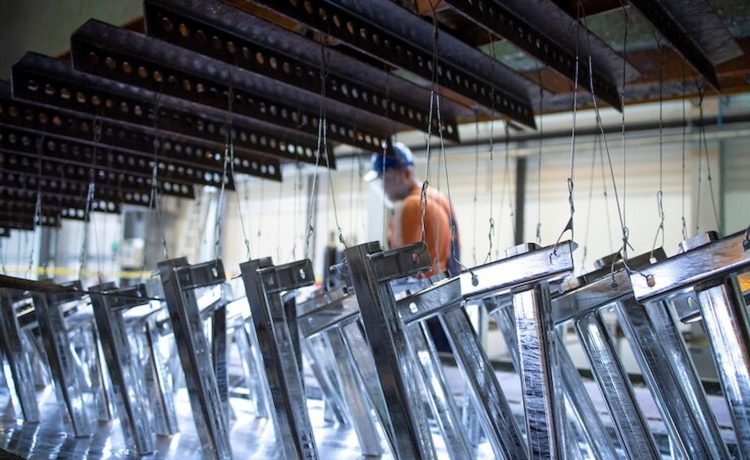Your Complete Guide
Sheet metal fabrication is a versatile and widely used manufacturing process that involves the manipulation and transformation of flat sheets of metal. What, though, does it involve? Here is everything you have ever wanted to know about sheet metal fabrication, along with the importance of always working with a trusted specialist in the field.
Understanding Sheet Metal Fabrication
Materials Used
Sheet metal fabrication primarily involves working with thin, flat sheets of metal. The metal used will depend on the demands of the job, and we can advise on which is the most suitable for your particular project. Some of the most common metals used in sheet metal fabrication are:
Stainless steel
Hot-rolled steel
Cold-rolled steel
Aluminium
Brass
Copper
Basic Processes
The sheet metal fabrication process consists of several fundamental techniques, each serving a unique purpose:
Cutting: Sheets are cut into the desired shape using various methods such as laser cutting and punching.
Deburring: Metal that has been worked on using machines may be left with small imperfections or ‘burrs’. Deburring removes those imperfections making the part ready for a wide range of applications.
Forming: Forming techniques are used to shape the metal into the desired shape by applying force.
Welding: Sheets are joined using heat to melt parts together, causing them to fuse once cooled down.
Finishing: The final product undergoes finishing processes like plating, graining, powder coating, painting or silk screening. Again, this will depend on your application.
The Importance of Precision and Technology
Advancements in technology have significantly influenced sheet metal fabrication. CNC machines have revolutionised the industry by enabling precise manufacturing processes that can be repeated over and over again, giving the customer consistent results. Additionally, CAD software allows engineers to create detailed designs that can be directly translated into machine instructions. This ensures accuracy and efficiency at every stage.
Challenges and Innovations
While sheet metal fabrication has come a long way, challenges persist. Things such as minimising waste, optimising production speed, and adopting sustainable practices are challenges for manufacturers. Here at Potters, our innovations in materials, tools, and technology have allowed us to address these challenges, all the while driving up efficiency and giving our customers the best value for money.
What Next?
From everyday items to complex machinery, sheet metal fabrication plays a crucial role in various industries. If you feel like it could be suitable for your project, why not get the ball rolling by chatting to one of our experienced team members today?





